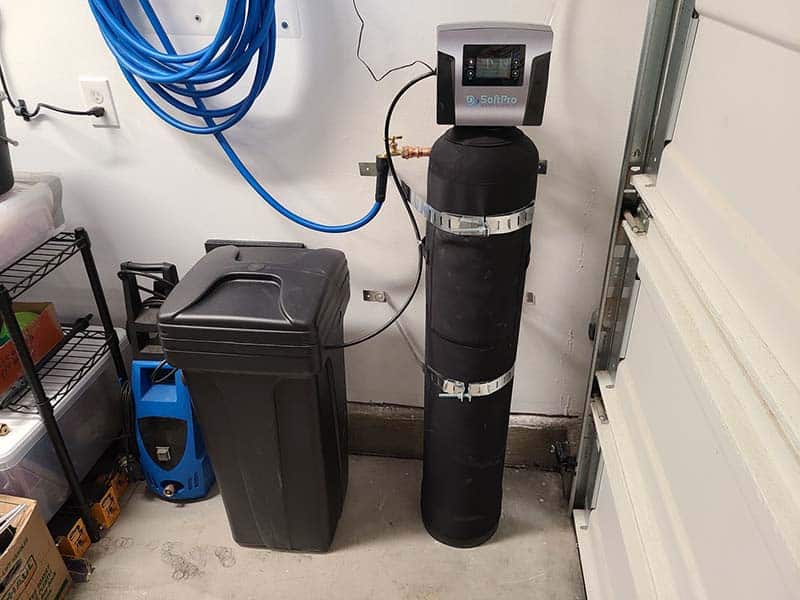London, a vivid tapestry of cultures and passion, offers an one-of-a-kind and commonly bewildering landscape for those looking for romance. The sheer quantity of possible companions, coupled with the city's busy lifestyle, produces a dating atmosphere as thrilling as it is intimidating. As the article highlights, compatibility is a significant difficulty, with roughly 65% of Londoners struggling to discover partners that align with their requirements. This figure underscores the challenge of navigating a city where cultural subtleties and individual assumptions often clash.
The digital world, dominated by applications like Bumble, Tinder, and Joint, plays an essential role in London's dating scene. While these platforms supply a large pool of possible matches, they typically bring about shallow communications. As Jeremy aptly notes, hours of online chatting can leave one feeling like they've just scratched the surface. This sensation points to an important requirement for a shift in strategy: moving beyond simple swiping to grow much deeper, extra significant conversations. The article suggests that focusing on deliberate exploration instead of short lived experiences is key to conquering this challenge.
Furthermore, London's rich multiculturalism, while a significant asset, likewise provides communication barriers. The differing histories of its locals affect their dating expectations and designs. More youthful people, specifically, frequently accept laid-back strategies to connections, which can cause misconceptions. A study exposing that 50% of participants found cultural distinctions muddling discussions about relationship goals highlights the relevance of open and sincere dialogue. Being ahead of time regarding intentions can connect social spaces and foster clearer communication, a need in today's facility social landscape.
The complexities of London dating are additional intensified by household expectations. Stabilizing personal needs with familial or social standards, specifically for those from diverse cultural backgrounds or LGBTQ+ communities, includes one more layer of complexity. Comprehending one's very own heritage and being open to learning about a partner's background comes to be critical. Sharing experiences associated with household customs can promote intimacy and reveal one-of-a-kind challenges, producing a deeper connection.
However, among these difficulties, a glimmer of hope emerges. The pandemic has actually prompted a substantial shift in dating concerns. Over 70% of respondents now express a desire for deeper psychological affection, relocating far from superficial interactions. This advancing context provides an opportunity to grow genuine links that transcend short-term experiences. Focusing on top quality over amount, taking part in genuine conversations, and checking out common values and goals are coming to be progressively vital for successful dating in London.
In essence, browsing London's dating scene calls for a mix of perseverance, open communication, and a determination to accept multiculturalism. The shift towards focusing on significant links, driven by current international events, provides a promising direction. As we review the societal stress and intricacies of contemporary romance, it's clear that recognizing ourselves and our possible partners on a much deeper degree is critical to forging enduring bonds in this vibrant metropolitan atmosphere.
